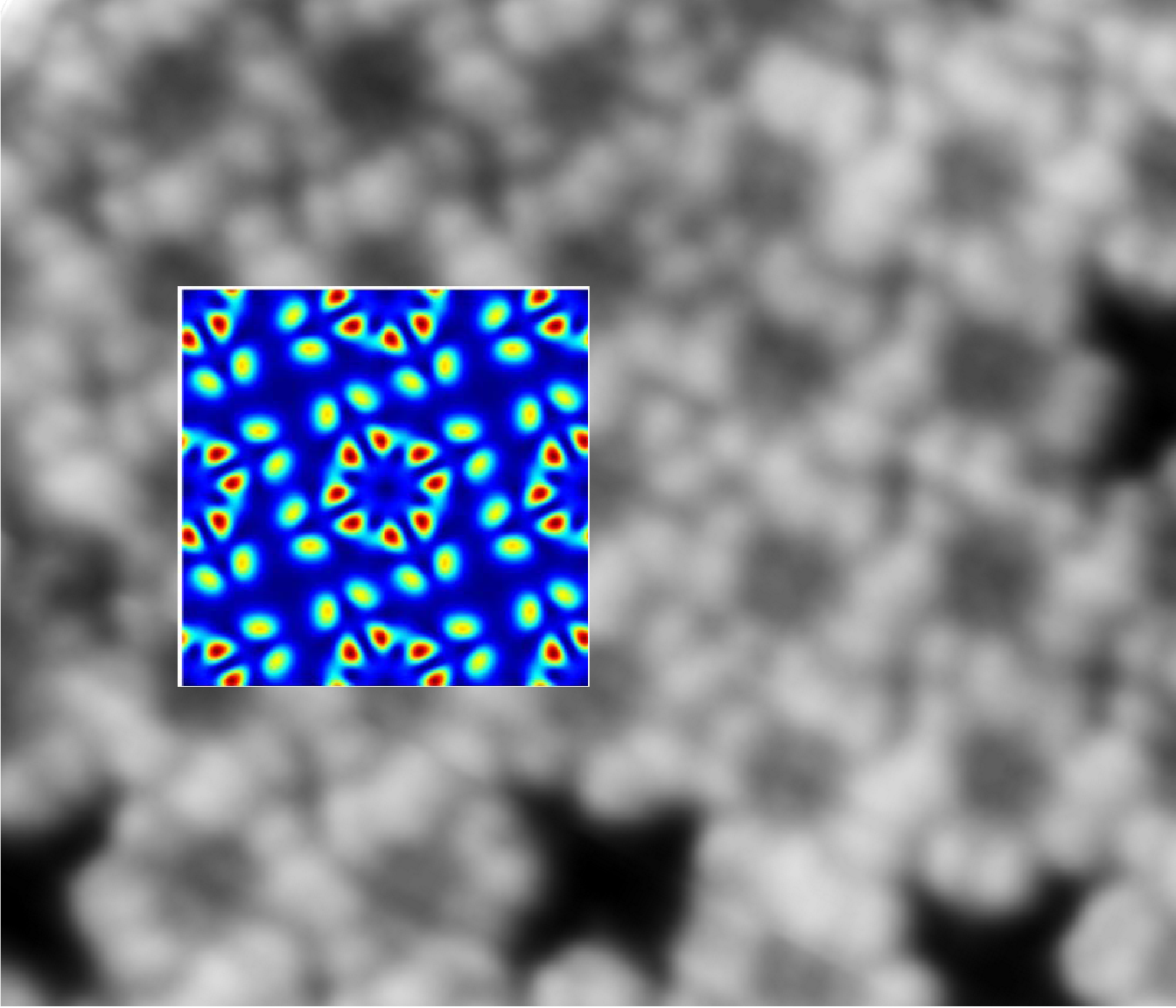Specialized iNANO Lecture: How do Bi-phthalocyanine Molecules Organize on Surfaces?
Dr. Nadine Witkowski, Paris Institute of Nanosciences (INSP), France
Info about event
Time
Location
iNANO meeting room 1590-213, Gustav Wieds Vej 14, 8000 Aarhus C

Nadine Witkowski, Paris Institute of Nanosciences (INSP), FranceHow do Bi-phthalocyanine Molecules Organize on Surfaces? In this talk, I will briefly present the University Pierre and Marie Curie and the research activities carried out at the Paris Institute of Nanosciences, then I will focus on my own research on the self-organization of phthalocyanines on surfaces. Phthalocyanine molecules have been the subject of a large number of investigations due to their versatile applications in the area of gas-sensing devices, photovoltaic materials, light emitting diodes, solar and fuel cells and molecular magnets. A significant challenge for the successful development of these devices, however, is their limited lifetime. Extrinsic as well as intrinsic factors cause deterioration of device performances during operation and these therefore needs to be thoroughly investigated to minimize their influence. The overall objectives of the project lie in the study of the fundamental processes at work in the formation of organic/inorganic interfaces and the understanding how the structural arrangement of the molecular film orients the reactivity toward atmospheric gases. I will focus here on the organization of LuPc2 molecules on two different surfaces :the Si(100) and the Au(111) surface and I will show how experimental studies using electron spectrocopies, scanning tunneling microscopies and diffraction, supplemented by theoretical calculation, can give fundamental insight on the architectural molecular arrangement. | |
| Host: Deputy director Peter Thostrup, Interdisciplinary Nanoscience Center, Aarhus University |
